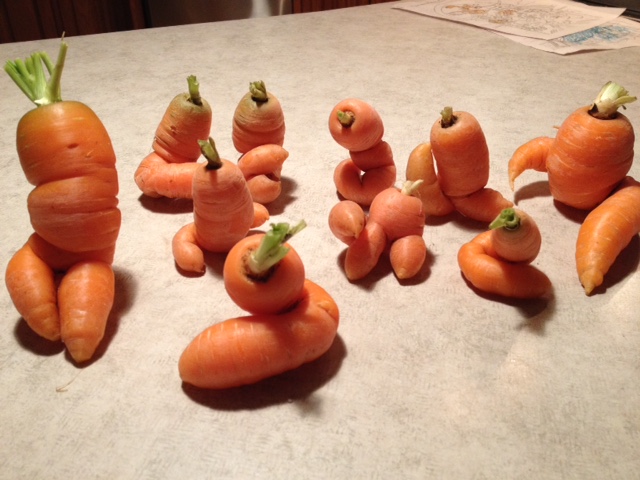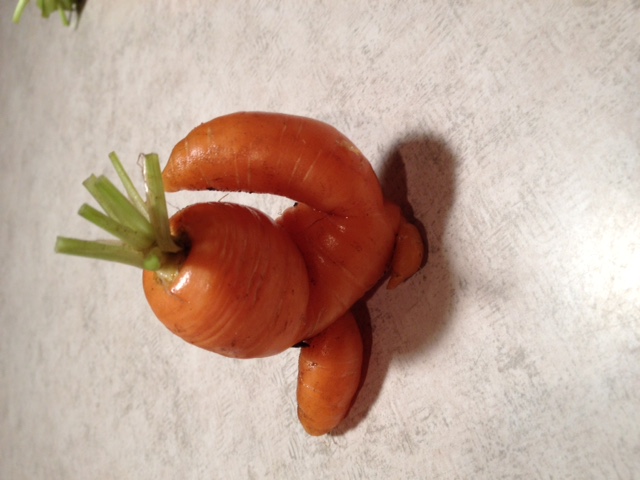More news from friends of Quillisascut
Sarah came to t he farm during our early foray into introducing cooks to the source of their ingredients. At that time we were inviting people working in the industry to come out and spend a few days on the farm and learn along side us as we went about our daily chores. She now owns the delightful and delicious, Cafe Sarah in North Creek, New York.
he farm during our early foray into introducing cooks to the source of their ingredients. At that time we were inviting people working in the industry to come out and spend a few days on the farm and learn along side us as we went about our daily chores. She now owns the delightful and delicious, Cafe Sarah in North Creek, New York.
At what stage of your profession were you when you first learned about Quillisascut?

– I learned about Quillisascut shortly after starting my job as pastry chef at Rover’s in Seattle. I was 25 and scaling a very steep learning curve in my career, like being thrown in with the lions… Chef Thierry Rautureau introduced me to Rick when he brought a cheese delivery to the restaurant. Karl Vennes, who was lead line cook at Rover’s at the time had just recently been to the farm and wouldn’t stop talking about it. Rick and I got to know each other during subsequent cheese deliveries and I finally got out there for a visit and met Lora Lea in late summer 1997. It was such an incredible, magical weekend and it changed my life!
Share some of the memories from your first visits?
– so many…. I do remember the first time I pulled up that driveway and saw the house and the view of the mountains behind and I had such a feeling of comfort and home, immediately. I arrived right on time for afternoon milking, so Rick handed me a coverall, introduced me to Lora Lea and led me to the milking parlour. I had never milked an animal in my life, but learned awfully quick, no nonsense in the milking parlour! I swear the goats were testing me, I would get a bucket just about full and she would put her hoof right in it so all that milk had to be dumped. Rick dumped it in a basin for the barn cats and literally poured it all over them, but they didn’t care.
My favorite time of day at the farm was right after morning milking and chores, Lora Lea and I would make breakfast while Rick finished up in the barn and we would sit down and have coffee and listen to the radio and talk. So peaceful.
-being so amazed that every single thing we ate was produced on the farm or by neighbors nearby, nothing was purchased, except beer and wine.
-watching Rick and Oly work the goats in perfect harmony. She was an amazing dog
– making felt hats and soap with Lora Lea in the winter; lazing about the yard in the middle of a summer day, making ice cream from the fresh morning’s milk.
-I stayed at the farm with Willow and Daisy Mae while R and LL went to Oregon, so many funny things happened that week, but one of things that really stuck with me, (besides the baby goats being born when THEY WERE NOT SUPPOSED TO..) was going out to the barn in the morning and it was barely light and all the wild turkeys would drift down from the giant pines like giant beachballs, silently. I didn’t know turkeys roosted so far up in the trees. I became very good at chopping wood that week, a skill I still use and value today. I could go on and on.

Fill us in on what you are working on now.
-I moved back to the Adirondacks in upstate New York, from Seattle, in 1999. My dad flew out and we rented a U-Haul and a flatbed for my car and drove straight to Quillisascut for goodbyes. I was so sad, but very glad my dad could meet the Misterly’s.
I opened my own bakery in 2001 and proudly brought the first espresso bar to North Creek. My time spent at Quillisascut really influenced how I run my business. I try to do everything as close to nature as possible and with love. It is my 12th winter in operation. I only wish I could get back out there for a visit, hard to do when you are the sole owner and operator.
Tell us about the changes in your life related to a more sustainable future.
– Being at Quillisascut showed me how connected to our food we can and should be. I was so impressed at how every single thing could be made with my own two hands. I’ll admit that I didn’t love watching the butchering, but the way Rick was so loving and careful with the animals made me respect not only him, but the way our food brings us life from life and we must give back in return. I am very aware of what I feed my family and do my best to buy local and fresh always.

My experiences at Quillisascut are some of the things I value most in my life. I learned what real work was, not just “going to work”, but HOW to work and how it can be so enjoyable and rewarding and worthy. I consider myself very, very lucky to have met the Misterly’s when I did, at a time in my life when I needed them and the farm and a new way of looking at the world. I have so many happy memories of time spent around the table with great friends, old and new, after a day of milking, hauling, chopping, cheesemaking, baking, grinding, digging, kneading, twisting and plucking. I always slept so well there. I cherish that time so much. I can’t wait to drive up the driveway with my daughters someday..
Sarah Williams owns Cafe Sarah in North Creek, New York. Visit her website or if you are in her neighborhood, stop in for a treat!













